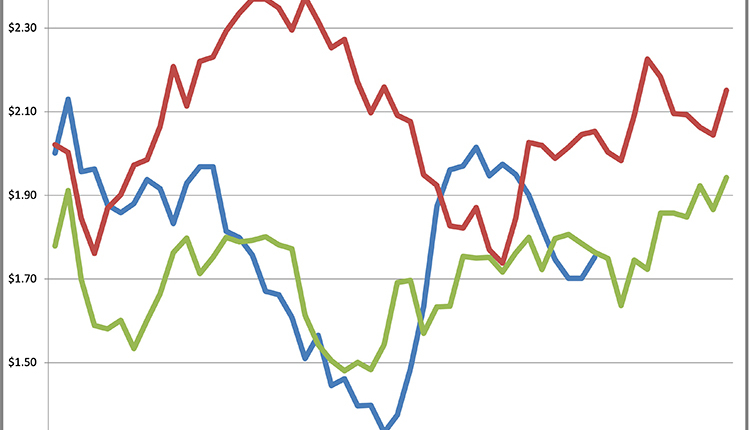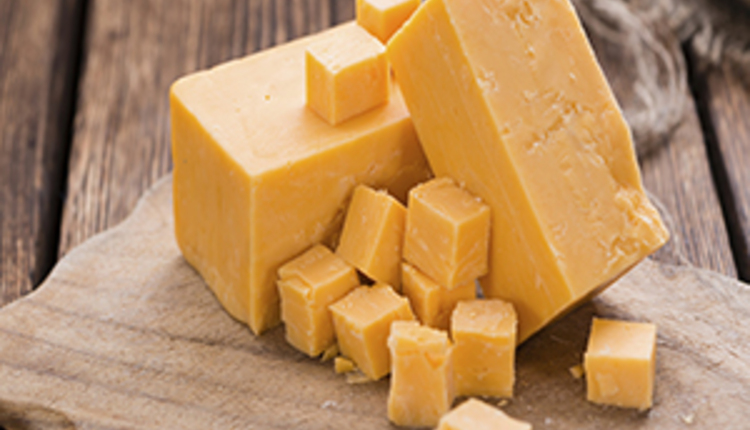
Our journey into 2025 has just begun, but from a business standpoint, dairy farmers are always looking ahead at milk prices, feed costs, and other farm expenses. These factors and many more affect a farm’s profitability and future viability. Changes throughout the year could greatly impact a dairy’s bottom line, but farmers can use the data we have available now to make decisions in the short term.
With a goal of helping producers project profitability on their dairies, veterinarian Kevin Hoogendoorn created an app called Zisk. Zisk is a Polish word for profit, and the app is designed to predict a farm’s profitability over the next 12 months. The Zisk report for 2025 predicts more dairy farm profitability this year compared to 2024.
Among the entire dataset of farms utilizing the app, the segment of dairies predicted to be most profitable in 2025 are those in the Southeast region milking over 5,000 cows, with a profit per cow of $1,640. In comparison, last year’s most profitable herds were expected to earn $979 per cow. Following closely behind are farms of the same size category in the Northeast region, where profits of $1,625 per cow are predicted. The third most profitable segment are those milking 1,000 to 5,000 cows in the Northeast, with predicted profits of $1,607 per cow.
In the Zisk report for 2025, the least profit per cow is anticipated in herds milking fewer than 250 cows in the Southeast region. There, profits are estimated to be $531 per cow. Although this group has the lowest predicted profitability per cow, it is an improvement over last year when this same group started 2024 with predicted losses of $20 per cow. Across the board, the farms with herds of less than 250 cows are anticipated to bring in the least profits per cow. Still, these predictions are much higher than last year, according to the Zisk data.
Breakdowns by region and herd size are listed below. For more information about the app or to view reports from previous years, visit the Zisk website.
Midwest: 2,277 herds; average herd size: 932 cows; average production: 78.85 pounds
- Under 250 cows: 1,159 herds, $733 profit per cow, $2.37 average basis
- 250 to 1,000 cows: 768 herds, $971 profit per cow, $1.79 average basis
- 1,000 to 5,000 cows: 269 herds, $1,373 profit per cow, $1.95 average basis
- Above 5,000 cows: 54 herds, $1,181 profit per cow, $1.53 average basis
Northeast: 707 herds; average herd size: 468 cows; average production: 75 pounds
- Under 250 cows: 477 herds, $712 profit per cow, $2.28 average basis
- 250 to 1,000 cows: 152 herds, $1,045 profit per cow, $2.22 average basis
- 1,000 to 5,000 cows: 75 herds, $1,607 profit per cow, $2.62 average basis
- Above 5,000 cows: 3 herds, $1,625 profit per cow, $3.75 average basis
Southeast: 95 herds; average herd size: 1,382 cows; average production: 71 pounds
- Under 250 cows: 40 herds, $531 profit per cow, $2.28 average basis
- 250 to 1,000 cows: 28 herds, $1,093 profit per cow, $2.98 average basis
- 1,000 to 5,000 cows: 19 herds, $1,316 profit per cow, $3.41 average basis
- Above 5,000 cows: 8 herds, $1,640 profit per cow, $1.80 average basis
Southwest: 369 herds; average herd size: 2,934 cows; average production: 78 pounds
- Under 250 cows: 53 herds, $628 profit per cow, $2.33 average basis
- 250 to 1,000 cows: 83 herds, $1,002 profit per cow, $2.15 average basis
- 1,000 to 5,000 cows: 184 herds, $1,212 profit per cow, $1.56 average basis
- Above 5,000 cows: 49 herds, $1,379 profit per cow, $1.53 average basis
Northwest: 222 herds; average herd size: 1,915 cows; average production: 77 pounds
- Under 250 cows: 38 herds, $857 profit per cow, $2.57 average basis
- 250 to 1,000 cows: 87 herds, $932 profit per cow, $2.28 average basis
- 1,000 to 5,000 cows: 78 herds, $1,207 profit per cow, $1.29 average basis
- Above 5,000 cows: 19 herds, $1,523 profit per cow, $2.13 average basis








